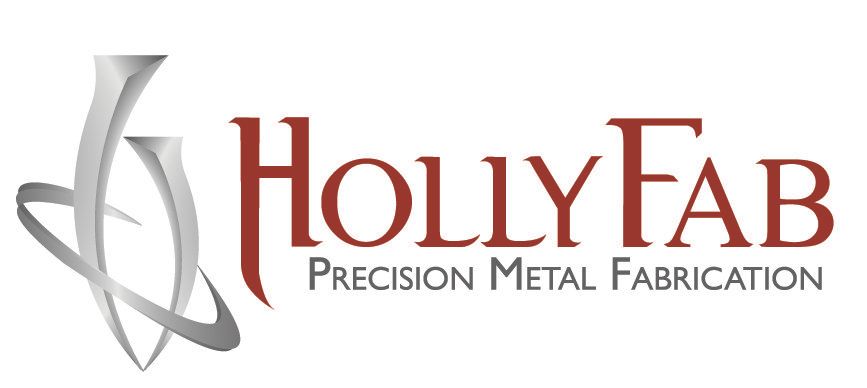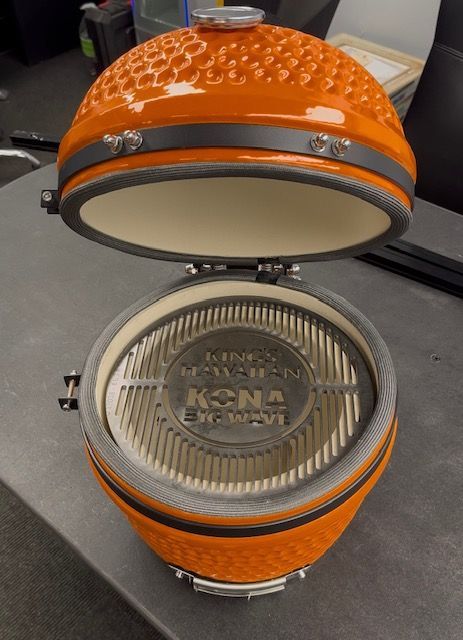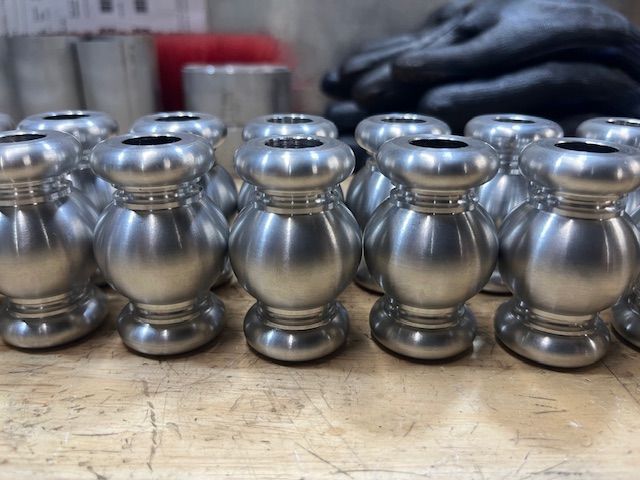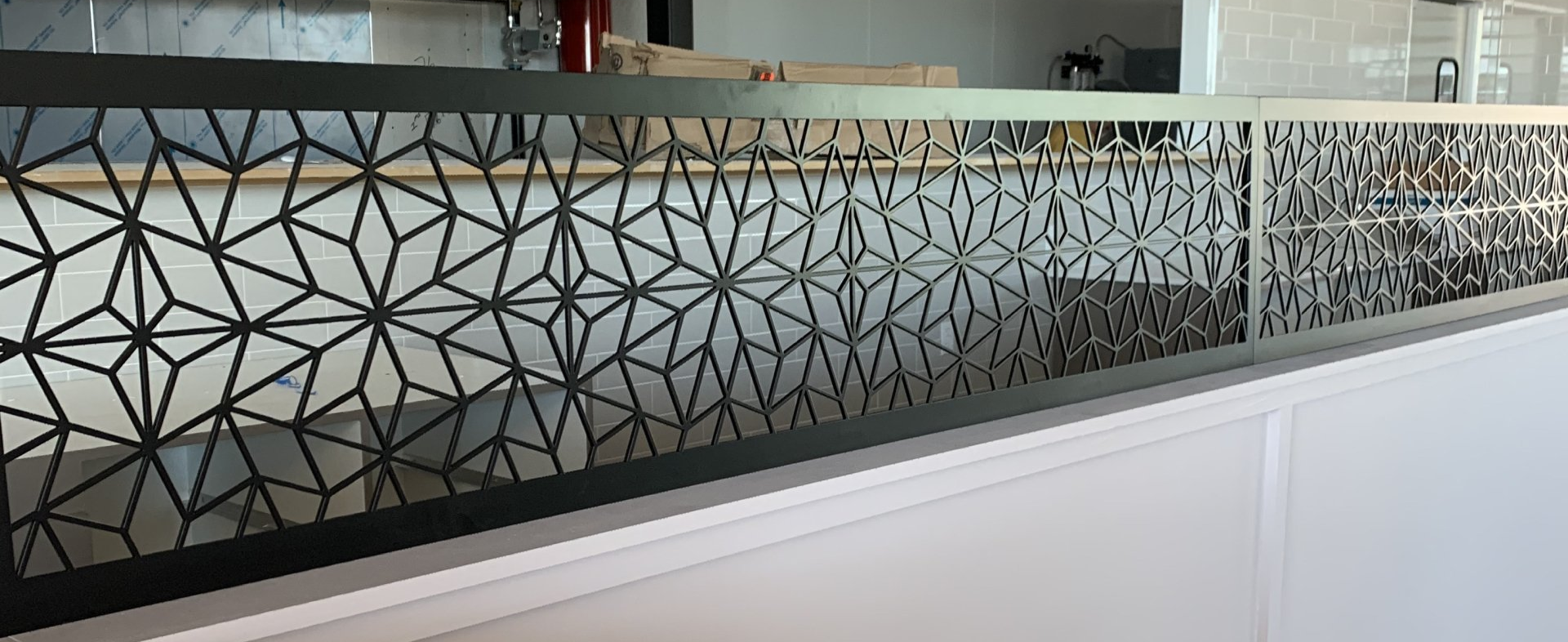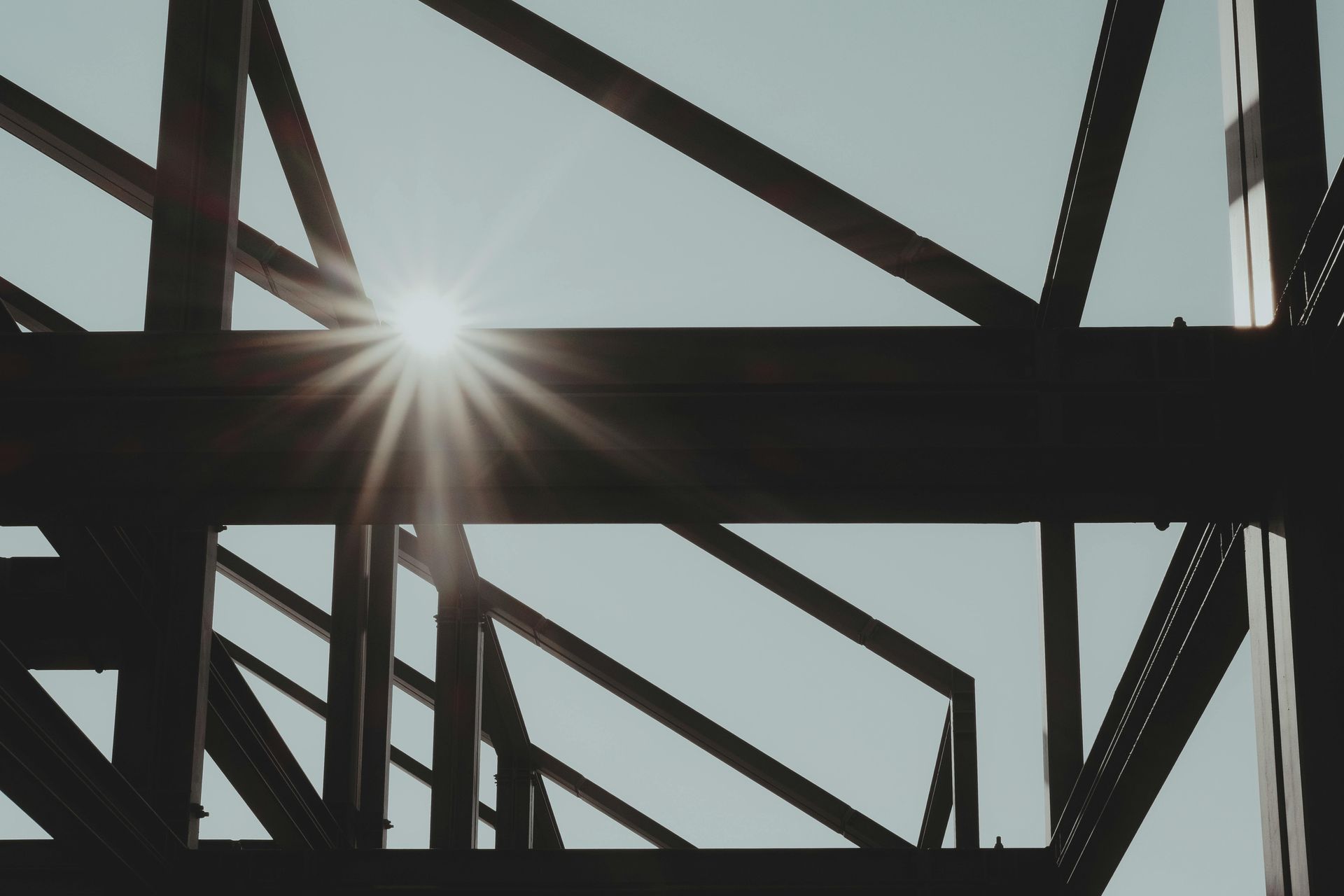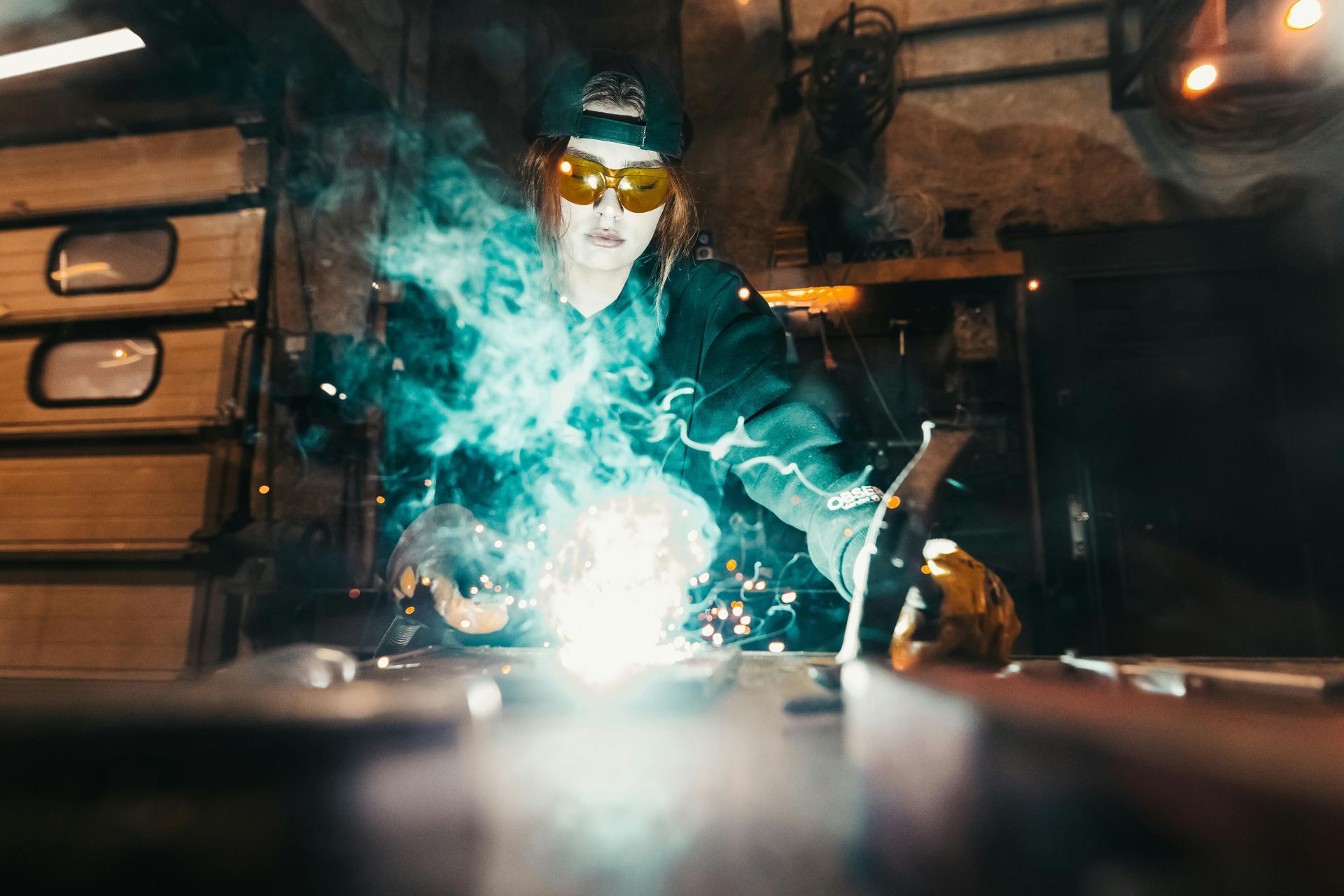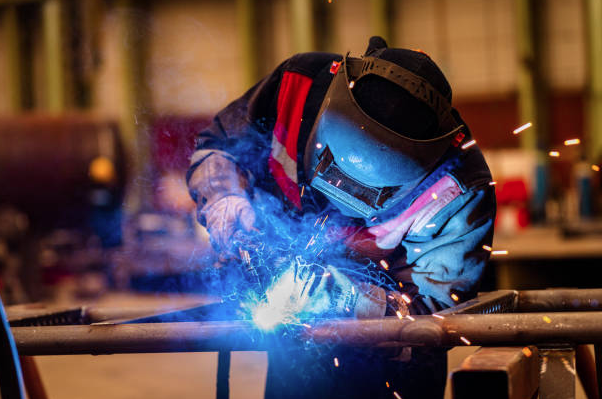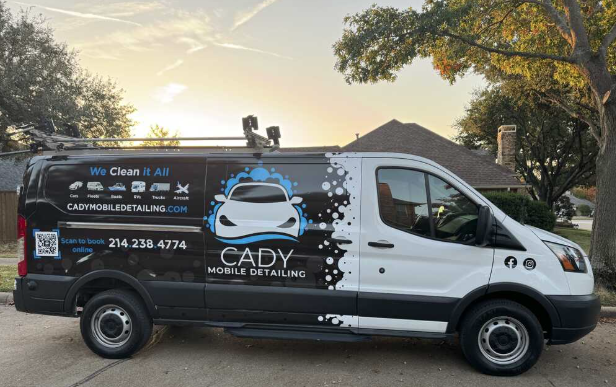Unlock Precision, Speed, and Versatility: The Key Benefits of Laser Cutting Technology
Why Laser Cutting is a Game-Changer
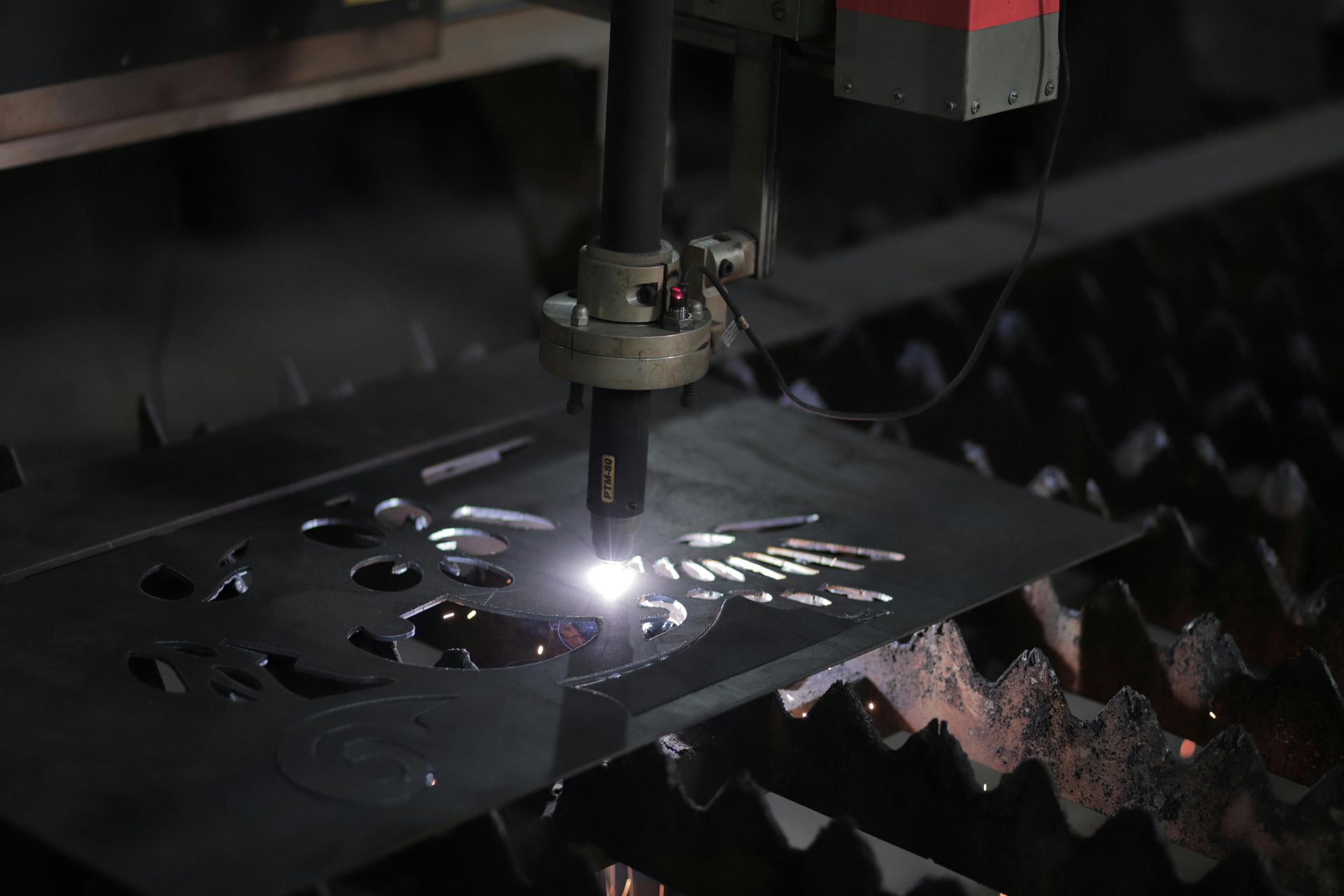
The Benefits of a Laser Cutter for Metal Fabrication
In the world of metal fabrication, precision and efficiency are key. One of the most significant technological advancements that has revolutionized the industry is the laser cutter. These machines offer numerous advantages, making them a game-changer for metal fabrication businesses. Whether you’re creating intricate designs, cutting thick materials, or looking to increase your production speed, a laser cutter can provide solutions that traditional methods just can't match.
Let’s dive into the many benefits of incorporating a laser cutter into metal fabrication.
1. Unmatched Precision and Accuracy
Laser cutting provides a level of precision that’s difficult to achieve with other cutting methods. The focused beam of light ensures that the cut is sharp, clean, and consistent, with minimal deviation. This accuracy is crucial for fabricators working on projects that require fine details or tight tolerances. With laser cutting, you can achieve precise cuts with minimal post-processing, reducing the need for secondary operations and saving both time and money.
2. Versatility in Material Types and Thickness
Laser cutters are incredibly versatile. They can cut through a wide range of materials such as stainless steel, aluminum, copper, brass, and more. Additionally, they can handle varying thicknesses of metal, whether it’s a thin sheet or a thicker plate. This flexibility allows businesses to take on a broader range of projects, from delicate, intricate pieces to large, heavy-duty components, all with the same machine.
3. Cleaner Cuts with Less Waste
One of the standout advantages of laser cutting is the quality of the cut. The high-powered laser creates a narrow kerf, which results in cleaner edges and less waste material compared to traditional cutting methods. Less scrap means more efficient use of raw materials, which translates into cost savings for manufacturers. Additionally, the precision of the laser allows for tighter nesting of parts, further reducing material waste.
4. Faster Production Speeds
Laser cutting machines operate at incredible speeds, drastically reducing the time required to complete a project. This is especially beneficial when working on large production runs or tight deadlines. With automated loading and unloading, laser cutting systems can operate continuously, making them perfect for high-volume operations. Faster production times mean you can increase throughput and deliver orders on time, which is crucial for staying competitive in the market.
5. Minimal Tool Wear and Maintenance
Unlike traditional mechanical cutting tools, laser cutters don’t experience wear and tear in the same way. There are no physical blades or tooling involved, which eliminates the need for frequent tool changes or maintenance. This also reduces the risk of errors caused by tool wear, leading to consistent results over time. As a result, laser cutters require less maintenance and have a longer operational lifespan, which is a major cost-saving benefit in the long run.
6. Ability to Cut Complex Geometries
Laser cutting excels at cutting complex shapes and intricate designs that might be difficult or impossible to achieve with other methods. Whether it's detailed engravings, sharp internal corners, or curved edges, laser cutting can handle it all with ease. This ability to cut intricate geometries is particularly advantageous in industries such as aerospace, automotive, and architectural fabrication, where complex designs are often the norm.
7. Improved Safety
Laser cutting systems are generally safer compared to traditional mechanical cutting methods. Because the process is highly automated, there’s less human interaction with the cutting area, reducing the likelihood of accidents or injuries. Additionally, the enclosed nature of most laser cutting machines helps to contain the laser beam and any fumes generated during cutting, improving safety for the operator.
8. Lower Labor Costs
The automation of laser cutting machines significantly reduces the amount of labor required for production. With minimal manual intervention needed, operators can oversee multiple machines or other aspects of the operation. This reduction in labor not only lowers overall production costs but also allows for a more streamlined and efficient manufacturing process.
9. Environmentally Friendly
Laser cutting is considered an environmentally friendly option for metal fabrication. Because it creates less waste, consumes fewer materials, and often doesn’t require additional finishing processes, it’s a more sustainable method of manufacturing. Additionally, the precision of the cut reduces the need for excessive energy consumption and the release of harmful emissions.
10. Adaptability to Changing Needs
As businesses evolve, so do their needs. Laser cutting systems are highly adaptable, allowing for quick adjustments in the cutting process. Whether you need to modify the cut design, switch to a new material, or change the thickness of the metal, laser cutting can accommodate these changes without significant downtime. This flexibility makes it an ideal solution for businesses that need to stay agile and respond to changing market demands.
Conclusion
Laser cutting has quickly become an indispensable tool in the world of metal fabrication. Its precision, speed, versatility, and ability to reduce waste make it a top choice for manufacturers across various industries. Whether you're looking to improve efficiency, cut complex designs, or reduce production costs, investing in a laser cutter can help elevate your business and keep you ahead of the competition.

